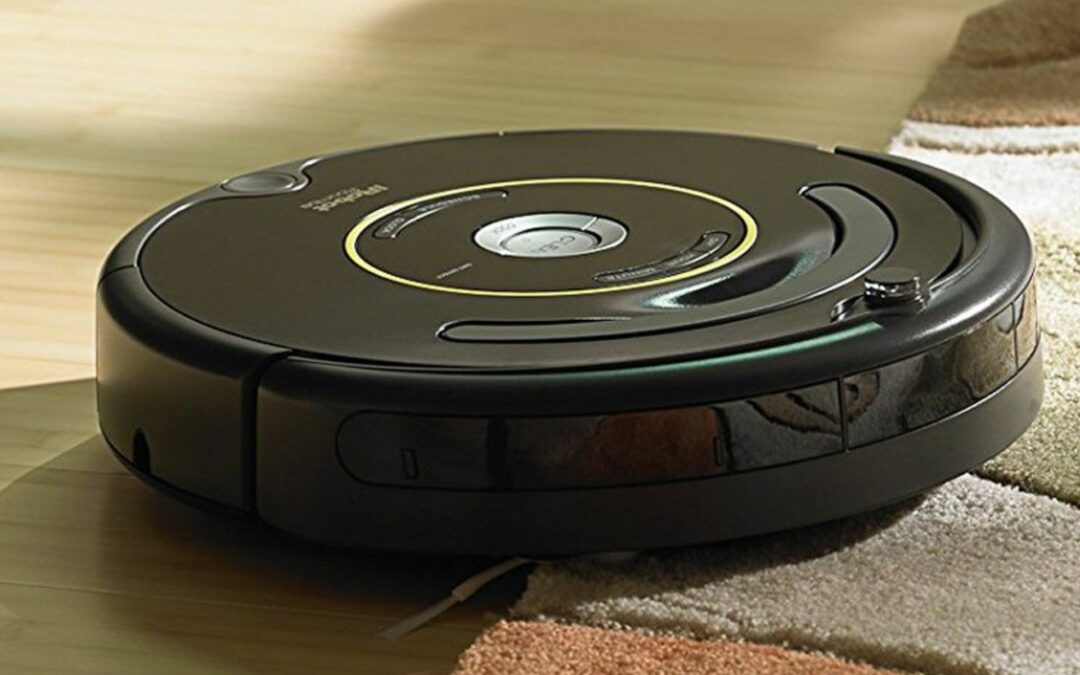Roomba and Brava robotic vacuum parent iRobot posted second-quarter revenue of $365.6 million, a 31% increase from $279.9 million in the second quarter of 2020.
The company said sales growth despite supply-chain disruption primarily reflects strong sales demand from retailers in North America and from the company’s retail and distribution partners in EMEA. The company reported 40% growth in the U.S., 29% in EMEA and 7% in Japan over the prior.
The iRobot results were highlighted by 42% revenue growth in mid-tier and premium robots, which accounted for 82% of total quarterly robot sales, according to the company.
iRobot’s Revenue for the first half of 2021 was $668.9 million versus $472.4 million in the first half of 2020.
E-commerce for iRobot’s — including the company’s website and app, dedicated e-commerce websites and the online arms of traditional retailers — grew by 20% over the second quarter of 2020 and represented 66% of second-quarter 2021 revenue. iRobot’s direct-to-consumer revenue of $45 million grew 36% from the prior year’s second-quarter 2021 revenue to support e-commerce,
The company’s second-quarter 2021 GAAP operating loss was $3.0 million, compared with GAAP operating income of $70.3 million in the second quarter of 2020. Second-quarter 2021 non-GAAP operating income of $9.0 million compared with non-GAAP operating income of $40.5 million in the same period one year ago. The company said its second-quarter 2020 GAAP and non-GAAP operating profitability benefited from the timing and impact of receiving an exclusion from Section 301 tariffs.
We delivered a solid second-quarter financial performance as we navigated an increasingly challenging supply-chain environment. Our results were generally in line with our plans entering the quarter despite $17 million in orders that we could not fulfill due to COVID-related disruptions to shipping activities in southern China in late June.
– Colin Angle, Chairman and CEO of iRobot
Colin Angle, chairman and CEO of iRobot, said, “We delivered a solid second-quarter financial performance as we navigated an increasingly challenging supply-chain environment. Our results were generally in line with our plans entering the quarter despite $17 million in orders that we could not fulfill due to COVID-related disruptions to shipping activities in southern China in late June.”
“Overall, retailer demand trends and consumer interest in our products remain favorable,” Angle continued. “However, the semiconductor chip shortage, which continues to disrupt a wide range of industries, is constraining our ability to fulfill anticipated second-half orders. To manage through this short-term turbulence, we are focused on carefully managing channel and product mix, adjusting promotional activities, qualifying new alternative suppliers, optimizing inventory levels and reducing our second-half spending plans.”

